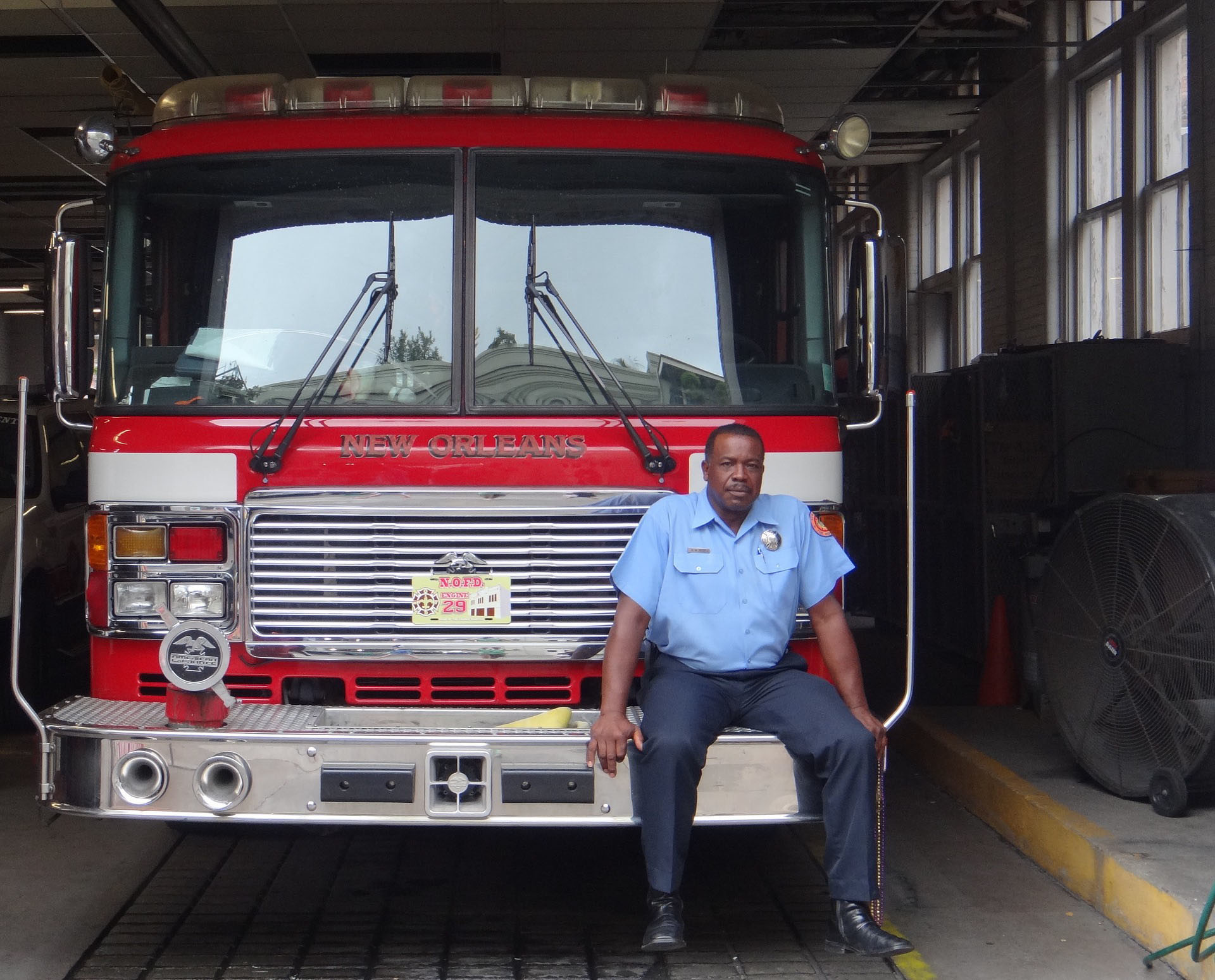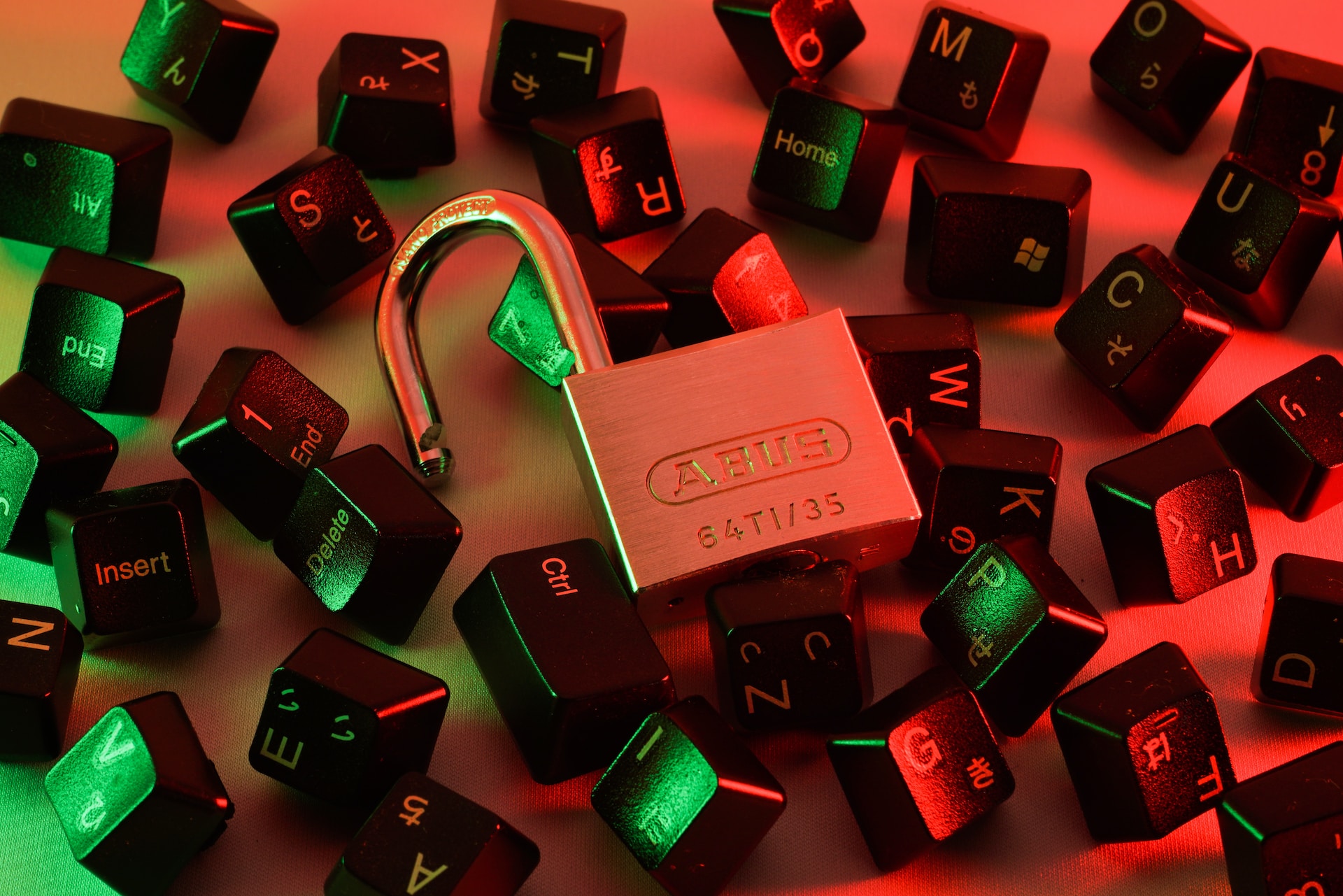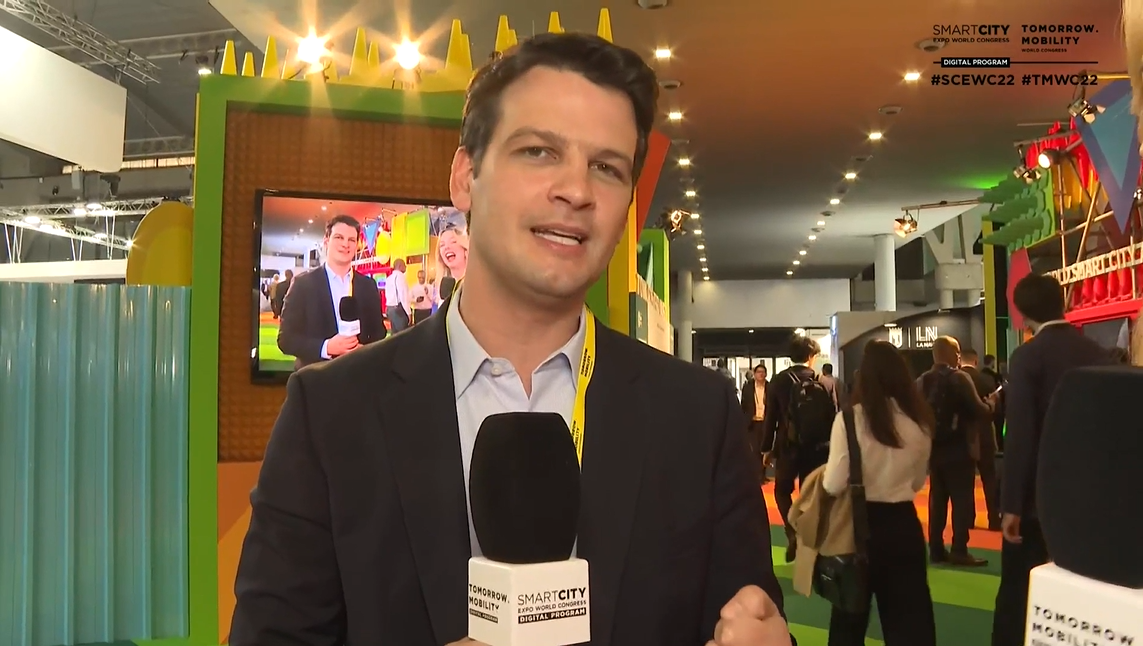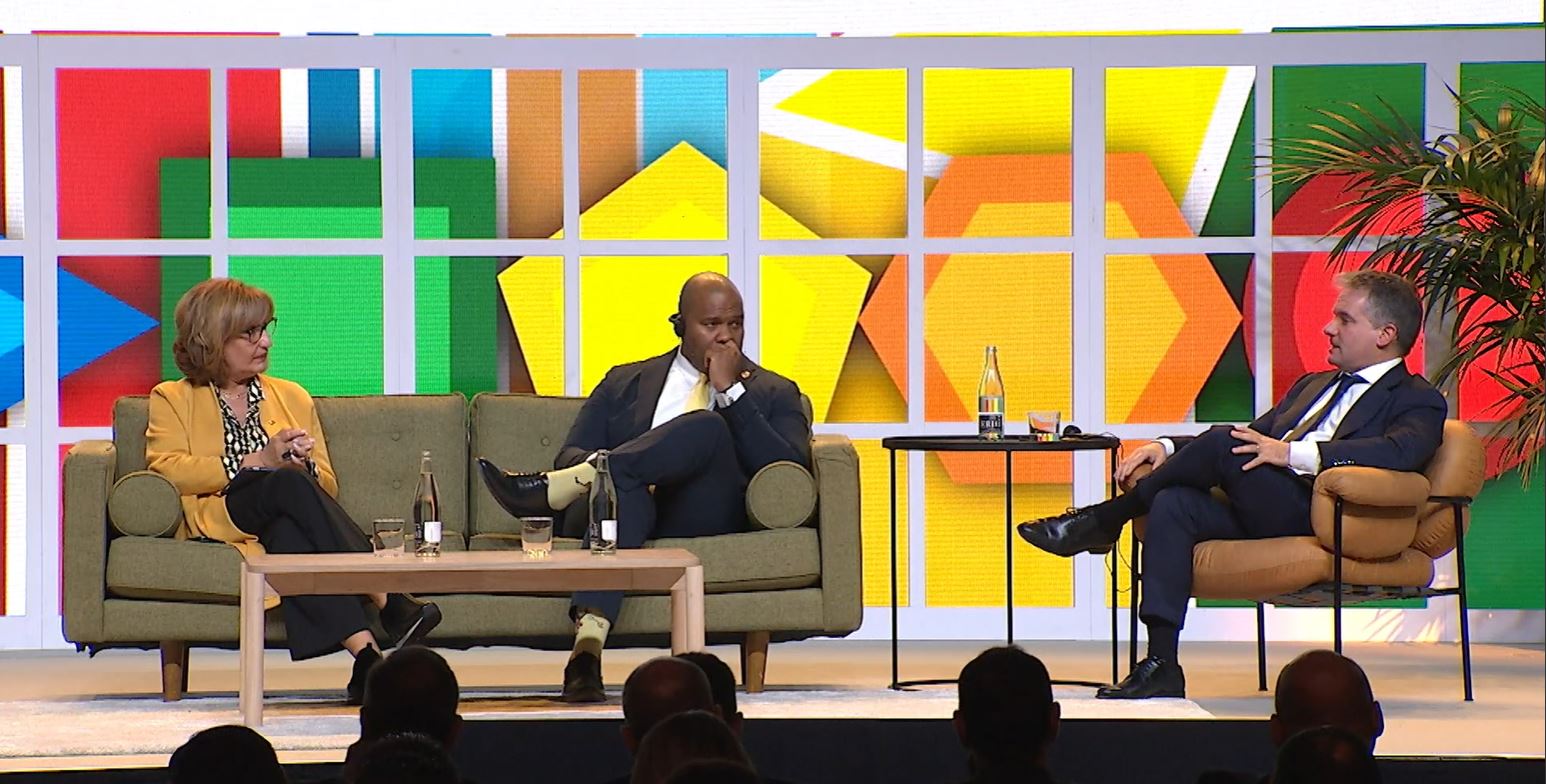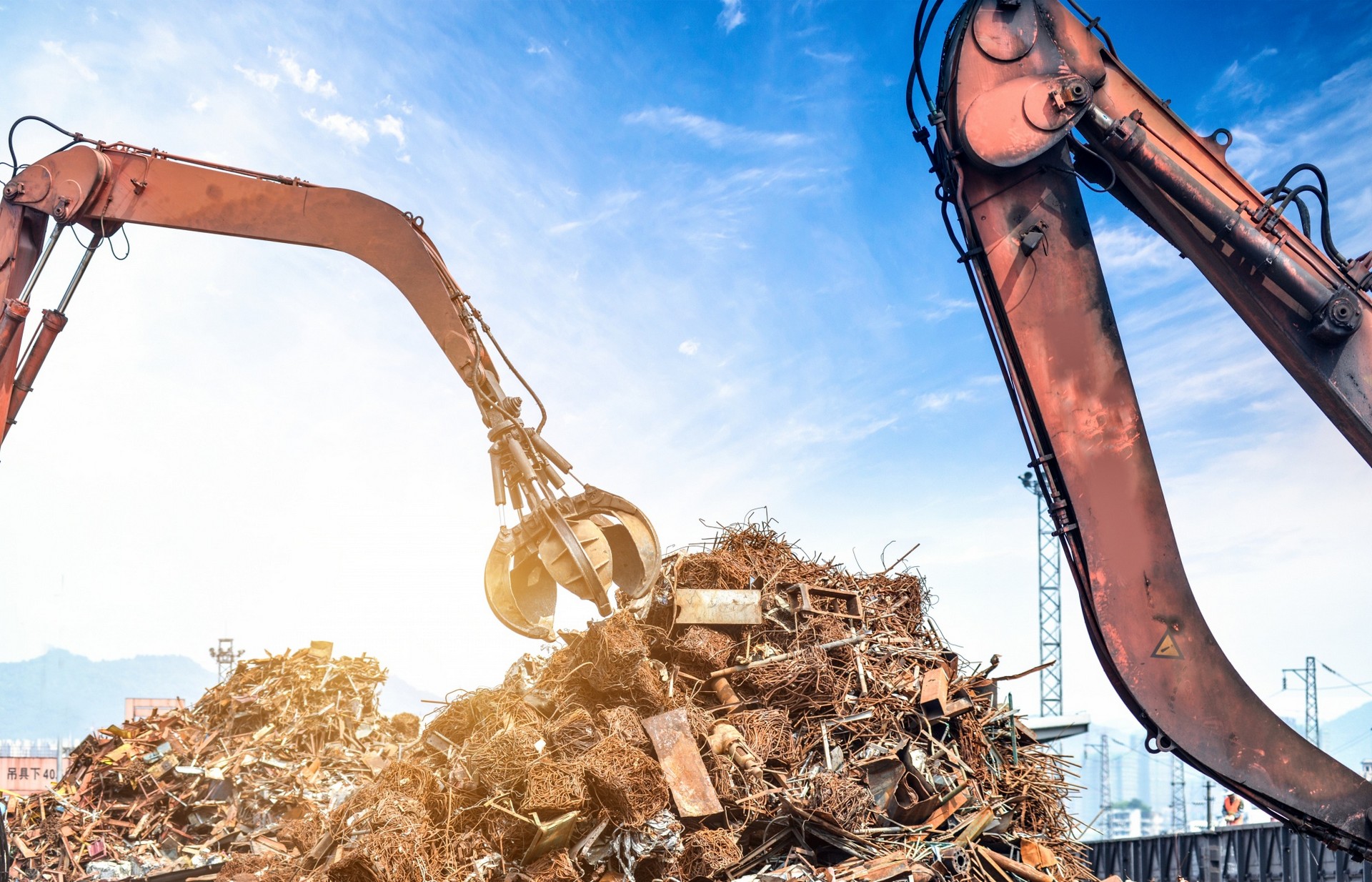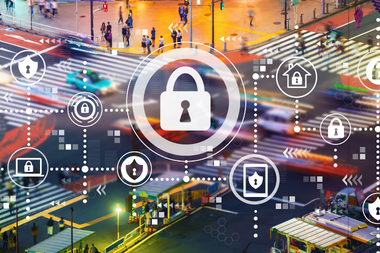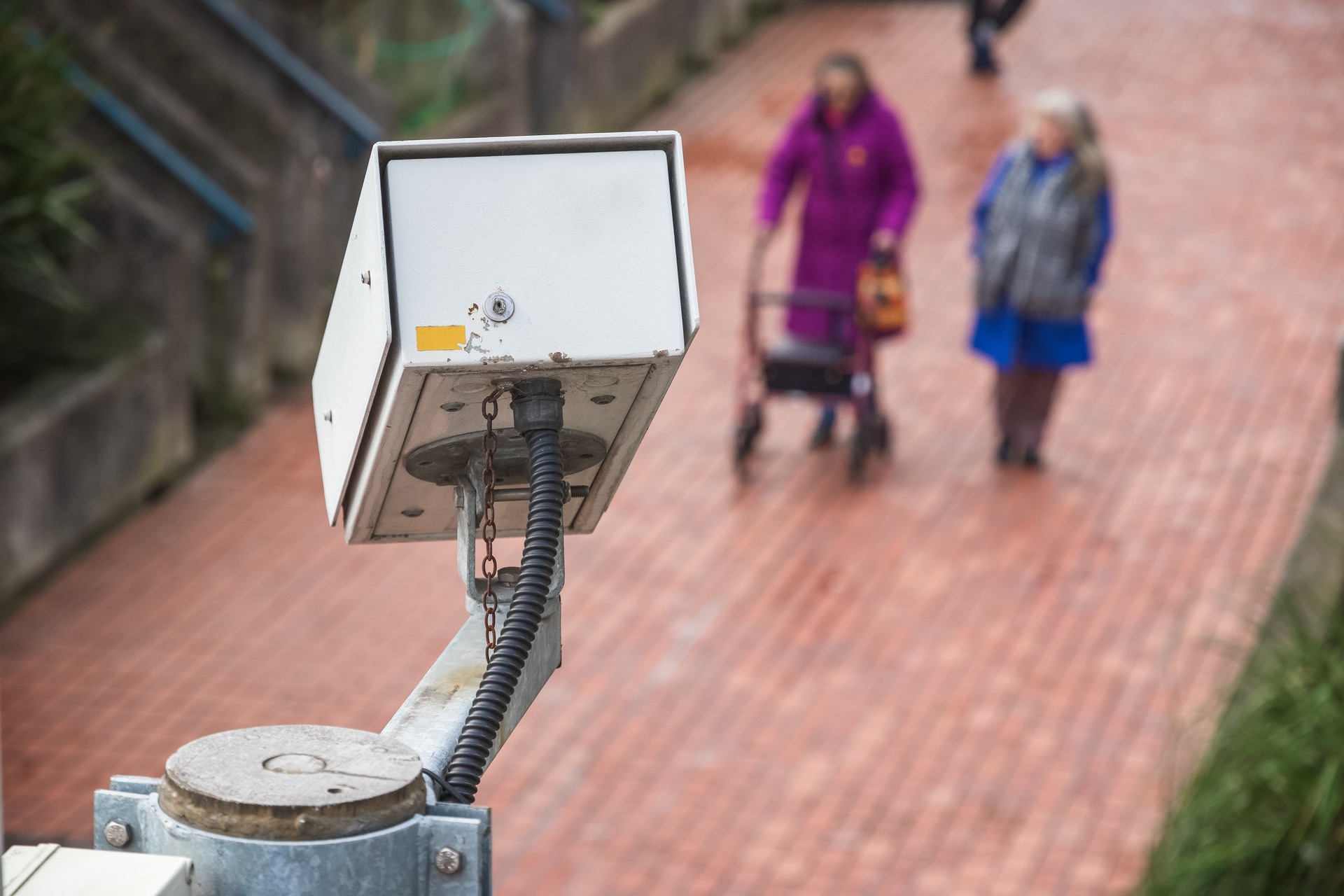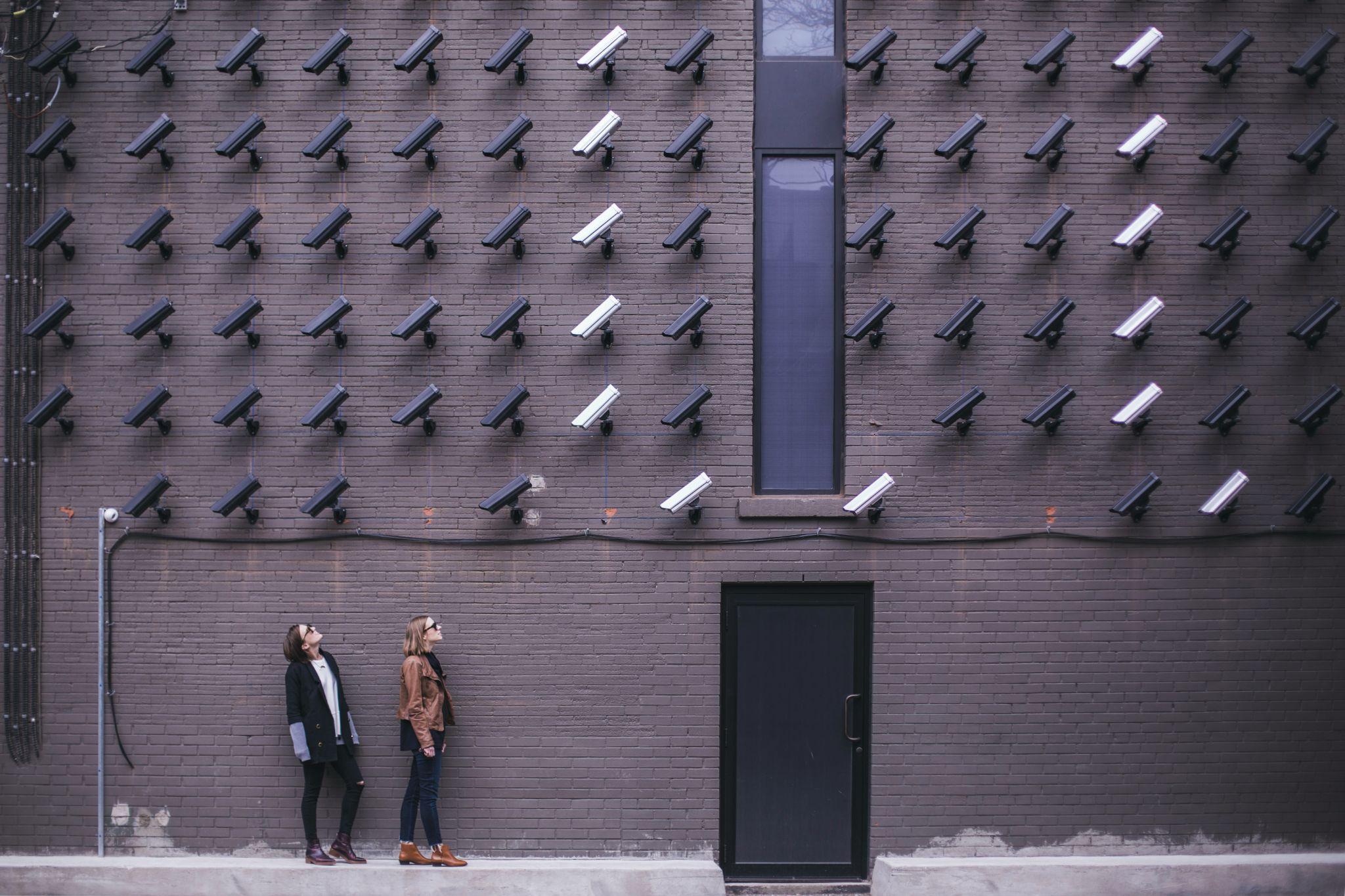Author | Eduardo Bravo
According to statistics from the United States National Fire Prevention Association (NFPA), most fires occur in households. This situation compromises the lives of people living in these households and their neighbours, while also generating significant costs for the treasury. According to the NFPA data, apart from the greater risks of fires, an essential factor is the existence of old or deficient electrical installations.
The reasons why households are specifically the most affected by these types of catastrophes are easy to establish. In urban environments, there are proportionally more family dwellings than public buildings, infrastructures or offices. Furthermore, and unlike industrial warehouses or large companies, they do not usually have fire protection technologies in place that enable the fire protection services to quickly intervene.
How did New Orleans manage to reduce its fires?

In this regard, the city council of New Orleans has adopted the slogan «Hear the Beep, Where You Sleep», and has applied it in a programme via which, residents can request the free installation of up to two smart smoke detectors in their homes. Residents simply have to complete a form available on the municipal website and answer a series of questions to establish the most suitable detector based on the characteristics of the residents.
Thanks to these data, it is possible to establish, for example, whether residents are older people or if someone with mobility problems or hearing disabilities lives in the household. This enables the fire services to know when they need to change the batteries in the detectors in each household – the batteries last ten years- or if they need to install a model which, instead of a typical audible alarm, incorporates light signals or a vibration system in the bed or on the pillow.
Since it was inaugurated in 2013, around six thousand fire detectors have been installed, at a cost per unit of around five dollars; an amount that has been redeemed through the donation made by the Fire Protection Service of the state of Louisiana and private donations. The total cost amounts to less than thirty thousand euros, which is a much lower amount than the cost of the firefighters that intervene to put out a fire.In terms of the cost of putting out a fire, values need to be taken into account such as the cost of transporting the extinction measures, the salary received for each hour of work and the use of specialist materials such as the pumps, which require special maintenance. Furthermore, if the service is provided in areas in which there are toxic emissions, the rates may increase drastically. Even if the human factor is stonily eliminated from the equation, the benefits are obvious.
These costs have to be paid, after the intervention of the firefighters, by the individuals or entities that have benefited from the service, although they are normally covered by the insurance companies by way of the policies taken out by citizens. In any event, whoever pays it, these are a posteriori solutions, therefore the damage and even the possible victims have already occurred. Therefore, improving the safety of citizens and ensuring that cities are smart environments in terms of fires, does not always depend on major investments or complex technology. New Orleans is proof that it can be achieved with simple devices and awareness programmes. In fact, according to Tim McConnell, the Fire superintendent from the New Orleans Fire Department, during his time at work, he has never witnessed a fire resulting in death when there has been a fire detection system in place. Clear proof that small investments can go a long way in creating safer cities for everyone.
How reliable is home automation for fire control?

Although New Orleans’ approach to fire control relies on electronics, it’s not a proper smart solution as defined by current trends. Some examples of basic home automation would include stoves with automatic shut-off safety devices, which cut the power to the range when not in use or in the event of overheating and unattended spillage.
Given that most home fires are more likely to start in the kitchen, appliances with enhanced safety and timers could help to prevent a non-trivial amount of accidents. Smart ones such as those connected to the cloud bring even more safety, as their owners can check from their smartphones if they left the oven on and even receive a notification if they leave their homes before turning it off.
The ability to shut off the electricity of most rooms right from a smartphone, as provided by many smart home packages, could also mean increased protection against home fires during vacations.
As for their reliability, all these solutions have been shown to be safe and proven, although cloud-connected devices are dependant on QoS and whatever degree of support may enjoy over the years, as obsolescence becomes more pronounced for Internet-based devices.
What does the future hold for home automation?
The New Orleans experience confirms that home automation plays a crucial role in fire protection. The goal is to create safer homes, and home automation, combined with artificial intelligence, enhances safety by integrating various devices and electronic systems connected to the grid. Below are some of the systems used:
Smart alarms
These have the capability to send real-time alerts to mobile devices or trigger loud audible alarms to warn residents of potential danger. Some models can also notify the private security company if applicable. Smart fire alarms significantly enhance safety compared to conventional smoke detectors, especially when integrated with other smart devices like cloud-based surveillance cameras. This integration allows users to remotely check what is happening in their home when they receive an alert on their phone.
Security sensors
Presence and motion sensors, when combined with security cameras connected via the internet, enable homeowners to monitor any incidents occurring in the home or detect the presence of intruders in real time. Furthermore, water, gas, and smoke sensors provide protection against water leaks, gas leaks, and fires. When the home automation system detects an incident, it automatically cuts off the power, water, or gas supply to prevent fires, activates a fire suppression system, and places a call to emergency services.
Home automation enhances safety in homes not only through fire protection systems but also with alarms, video surveillance, motion sensors, and presence simulation. These systems can simulate occupancy when the house is empty by mimicking the inhabitants’ habits, such as raising and lowering shutters or turning lights on and off. Home automation combined with artificial intelligence will further enhance protection systems in households.
Emergency generators are now subject to regulation in Lousiana

Following the good results observed in cities such as New Orleans, the state of Lousiana implemented a law in 2022 requiring the installation of carbon monoxide detectors in one- and two-family homes and in all homes that have their own generator.
The state of Lousiana, after all, is subject to the climatic phenomenon known as the Atlantic hurricane season, which regularly hits urban centers with storms of enormous intensity that cause extended power outages, which is why emergency generators are becoming common.
Fueled by gasoline or natural gas and with an autonomy of several days, these generators are essential to keep refrigerators and life-saving equipment for convalescents running, or simply to keep a light on for comfort and safety. However, the lack of space to install these devices leads them to be placed in unsuitable places such as alleys, increasing the risk of carbon monoxide seeping into the houses.
By mandating the installation of detectors in these homes, Louisiana seeks to expand on the success of New Orleans and improve the safety of the state’s citizens even during periods of calamity, when the emergency equipment they have relied on for safety could endanger their lives.
Images | Broesis, Farakos/iStock, Jen Theodore, LifestyleVisuals/iStock
